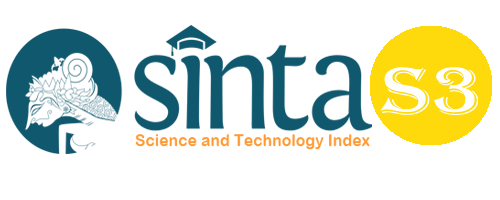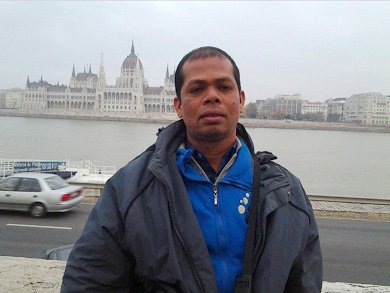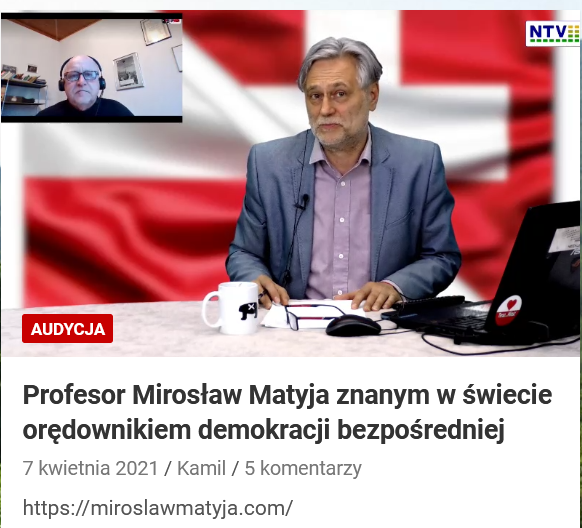Mass Media and Religious Sentiment (A Discourse Analysis of Newspapers in Medan City)
Abstract
Keywords
Full Text:
PDFReferences
Assegaf, J, 1999. Jurnalistik Masa Kini. Jambatan. Bandung.
Badara, A, 2012. Analisis Wacana; Teori, Metode, dan Penerapannyapada Wacana Media.Kencana Prenada, Jakarta
Bugin, B, 2008. Konstruksi Sosial Media Massa. Kencana Prenada Group
Darma, A.Y, 2009. Analisis Wacana Kritis. Yrama Widya, Bandung
Denzin, N &Lincoln S.Y, 2000. Handbook of Qualitative Research. Sage Publication Inc, London, New Delhi.
Mulyana, D, & Solatun, 2007. Metode Penelitian Komunikasi. Rosda Karya, Bandung
Effendy, U.O, 2003. Ilmu, Teori dan Filsafat Komunikasi. Citra AdityaBakti, Bandung.
Eriyanto, 2011. Analisis Wacana, Pengantar Analisis Teks Media. LKIS,Yogyakarta
Iskandar, M, & Atmakusumah, 2004. Panduan Jurnalistik Praktis. LembagaPers Dr Soetomo, Jakarta.
Ishwara, L, 2011. Jurnalistik Dasar. Kompas, Jakarta
Komala, L, 2009. Ilmu Komunikasi; Perspektif, Proses, dan Konteks.Widya Padjajaran, Bandung.
Kriyantono, R, 2010. Teknik Praktis Riset Komunikasi. Kencana Prenada,Jakarta.
Kusumaningrat, P, & Kusumaningrat, H, 2009. Jurnalistik Teori danPraktek. Rosda Karya,Bandung
Littlejohn, W.S & Foss, A.K, 2011. Teori Komunikasi. Salemba Humanika, Jakarta
McQuail, D, 1991. Teori Komunikasi Massa. Erlangga, Jakarta
Moleong,J.L, 2010. Metodologi Penelitian Kualitatif. RosdaKarya,Bandung
Morrison, Wardhani, C.H., & Hamid, F, 2010. Teori Komunikasi Massa. GhaliaIndonesia, Bogor
Mufid, M, 2009. Etika Filsafat Komunikasi, Kencana Prenada Group, Jakarta
Mulyana, D, 2007. Metode Penelitian Komunikasi; Contoh-contohPenelitian Kualitatif dengan Pendekatan Praktis. Remaja Rosda KaryaBandung.
Mulyana, D, 2008. Ilmu Komunikasi Suatu Pengantar.RosdaKarya,Bandung
Nurudin, 2007. Pengantar Komunikasi Massa. PT Raja Grafindo Perkasa,Jakarta
Patton, Q.M, 2001. Qualitative Research& Evaluation Methods. Sage Publication
Putra, S.K.D, 2012. Media dan Politik; Menemukan Relasi Antara Dimensi Simbosis-Mutualisme Medan dan Politik, Graha Ilmu, Yogyakarta.
Robert, M Entman (1993). Framing Toward Clasification of a Fractured Paradigm. Journal of Communication. 43 (2) 51-58
Reese, D.S & Gandy H.O & Grant, E.A, 2001. Framing Public Life; Perspective in Media and our Understanding of The Social World. Laurence Erlbann Assocciates, Publisher
Pohan, S, 2010. Disertasi. Universiti Sains Malaysia
Rakhmat, J, 2007. Psikologi Komunikasi. PT Remaja Rosda Karya, Bandung
Samovar, L.A, Porter, E.R., & McDaniel, R.E, 2010. Komunikasi LintasBudaya. Salemba Humanika, Jakarta
Saverin, J.W., & Foss, A.K, 2008. Teori Komunikasi, Sejarah, Metode, danTerapan didalam Media Massa. Kencana Prenada, Jakarta
Sugiono, 2001. Metode Penelitian Kuantitatif Kualitatif dan R&D. Alfabet, Bandung
Tamburaka, A, 2012. Agenda Setting Media Massa. Rajawali Pers, Jakarta.
DOI: https://doi.org/10.33258/birci.v1i3.29
Article Metrics
Abstract view : 242 timesPDF - 197 times
Refbacks
- There are currently no refbacks.

This work is licensed under a Creative Commons Attribution 4.0 International License.

This work is licensed under a Creative Commons Attribution-ShareAlike 4.0 International License.

_.gif)

















_.gif)



